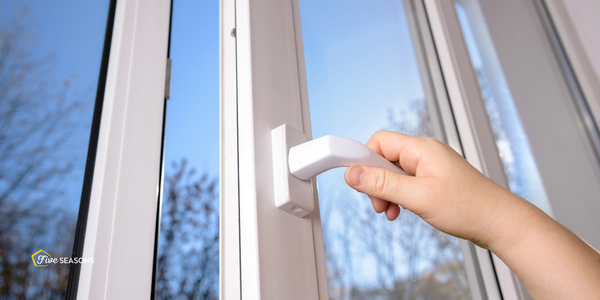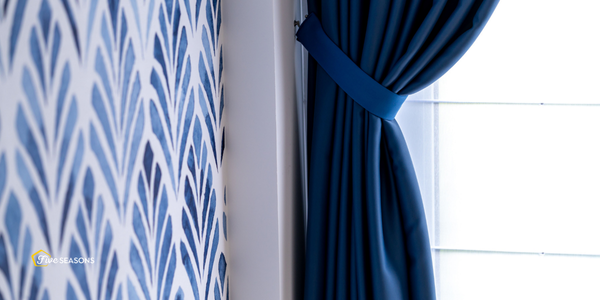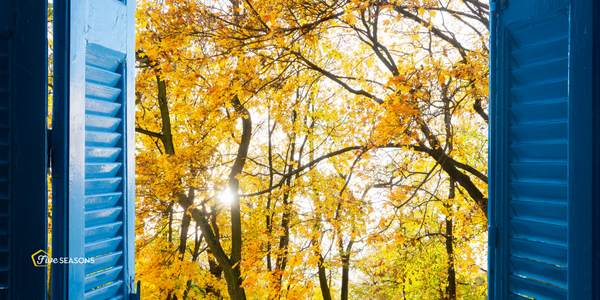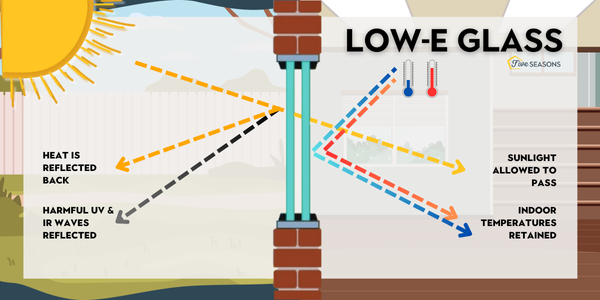Colorado’s #1 Rated Window and Door Company
October 1, 2024
The Role of Windows in Home Insulation During Fall & Winter
Fall & Winter Home Insulation
As temperatures drop, the importance of effective home insulation becomes paramount. Windows play a critical role in maintaining a comfortable indoor environment and improving energy efficiency during fall and winter. Here’s how windows contribute to home insulation
1. Types of Window Glass
- Double or Triple Glazing: Windows with double or triple-pane glass provide better insulation compared to single-pane windows. The air or gas trapped between the panes acts as an insulating barrier, reducing heat loss.
- Low-E Coatings: Low-emissivity (Low-E) coatings on glass reflect heat back into your home while allowing sunlight in, improving insulation and energy efficiency.

2. Window Frames Matter
- Material Impact: The choice of window frame material can significantly affect insulation. Vinyl and fiberglass frames are generally more energy-efficient compared to aluminum frames, which can conduct heat.
- Proper Sealing: Well-sealed window frames prevent drafts, ensuring your home retains warmth during cold months.

3. Role of Window Treatments
- Thermal Curtains and Shades: Heavy, insulated curtains or thermal shades can help reduce heat loss through windows, making them an excellent investment for colder seasons.
- Window Films: Applying window insulation films can add a layer of protection against cold air while maintaining visibility.

4. Natural Light and Ventilation
- Strategic Placement: Maximizing natural light through well-placed windows can reduce the need for artificial lighting and lower energy costs.
- Controlled Ventilation: Opening windows during sunny days can allow warm air in, while ensuring they are sealed during the night to keep heat inside.
fall & winter Window insulation
Windows significantly contribute to home insulation during fall and winter. Choosing energy-efficient windows and treatments can make a substantial difference in your home’s comfort and energy bills.
READY TO SCHEDULE A FREE CONSULTATION?

Five Season was founded in 2016 with a desire to change the industry by not only offering the best windows and door replacement installations in Colorado but to improve the daily lives of our customers through the combination of our commitment and care.
WHY Five Seasons
Your support
Five Seasons Windows and Doors | All Rights Reserved.

